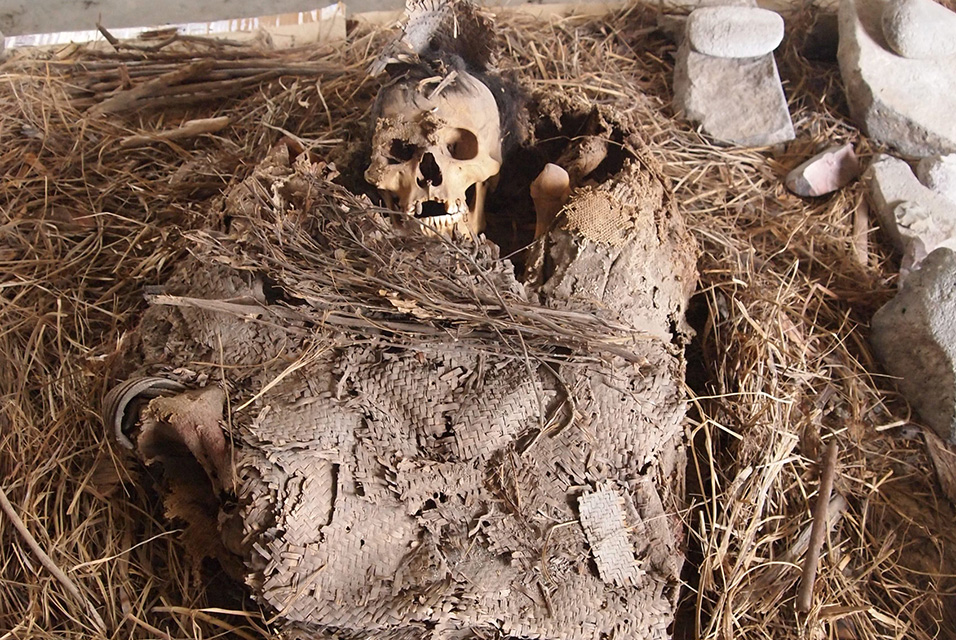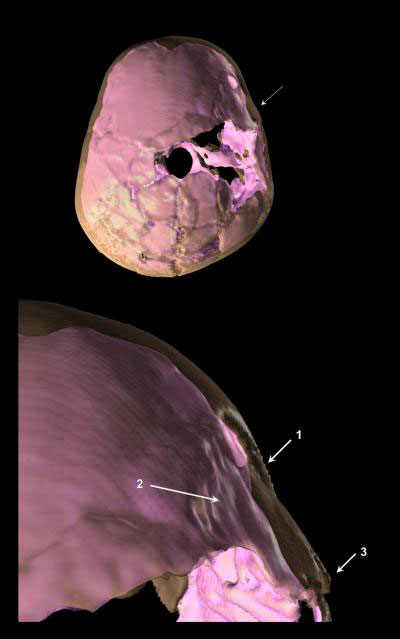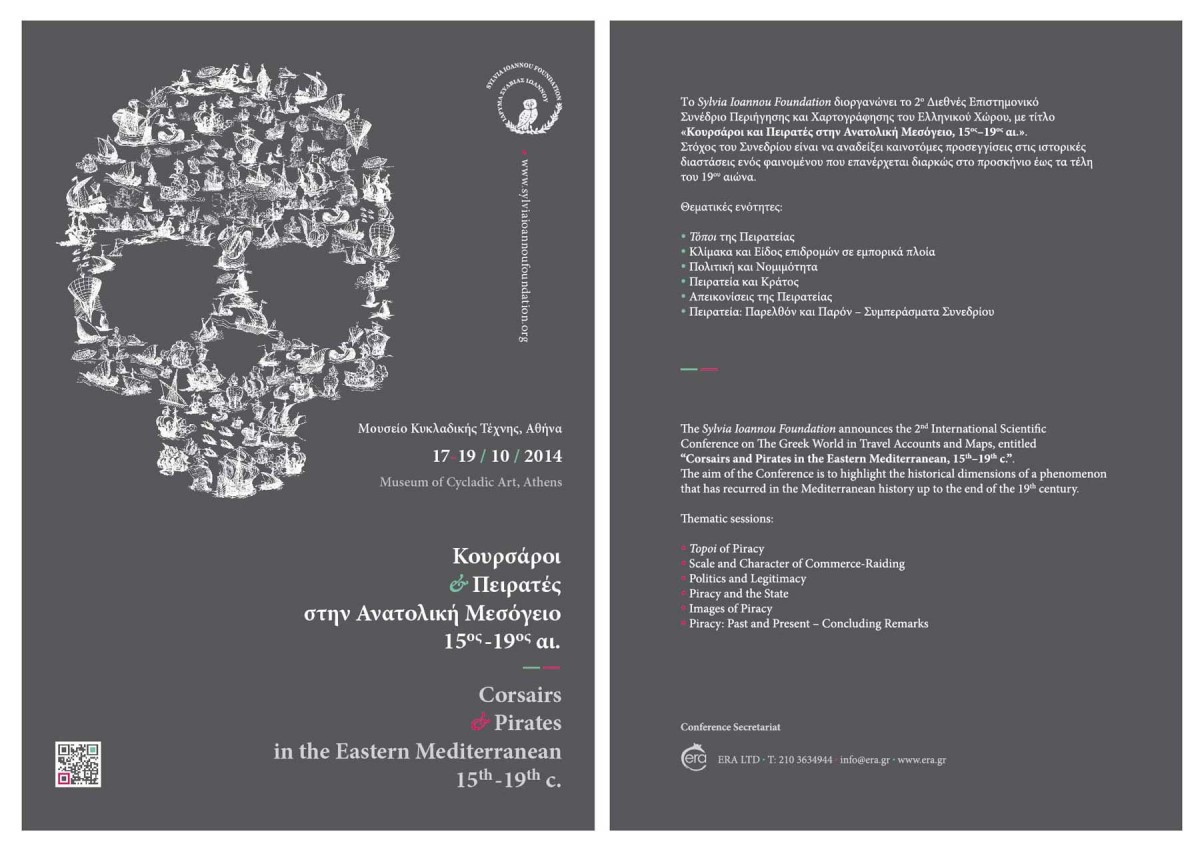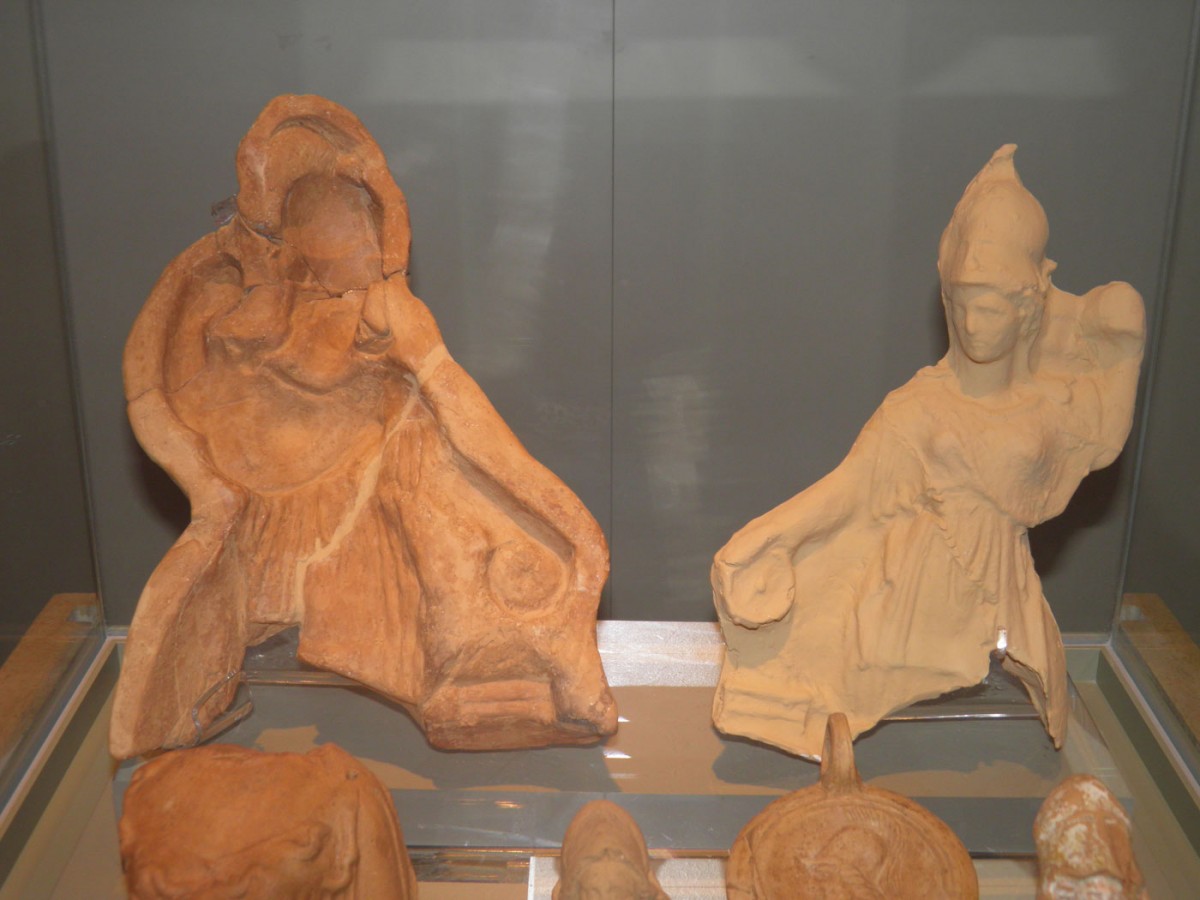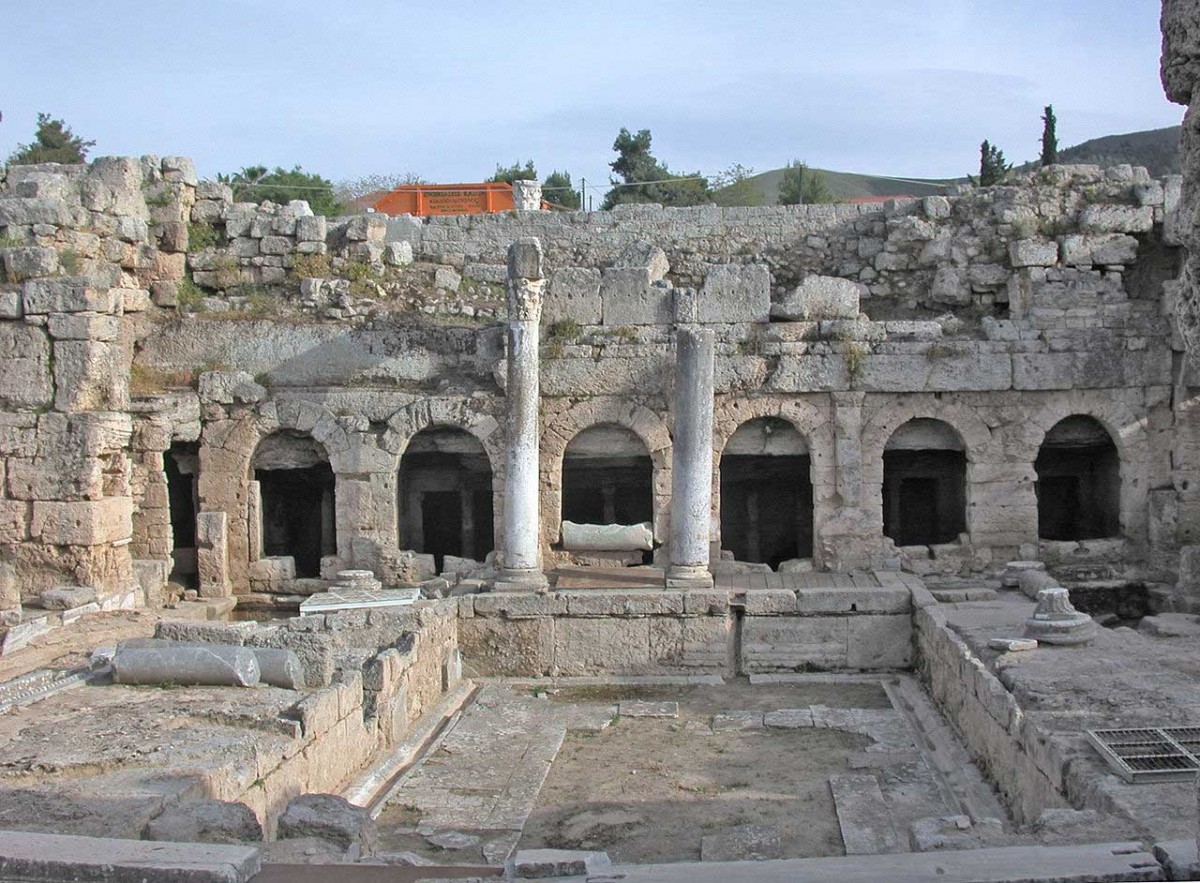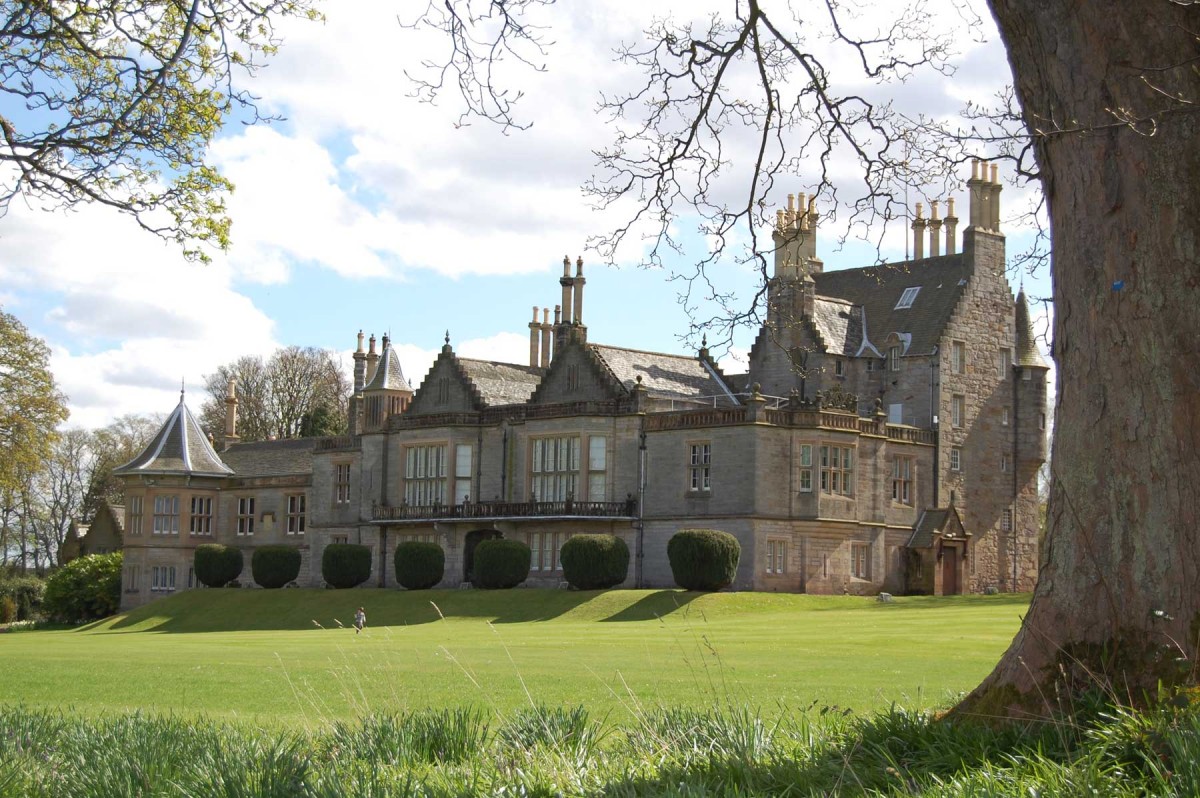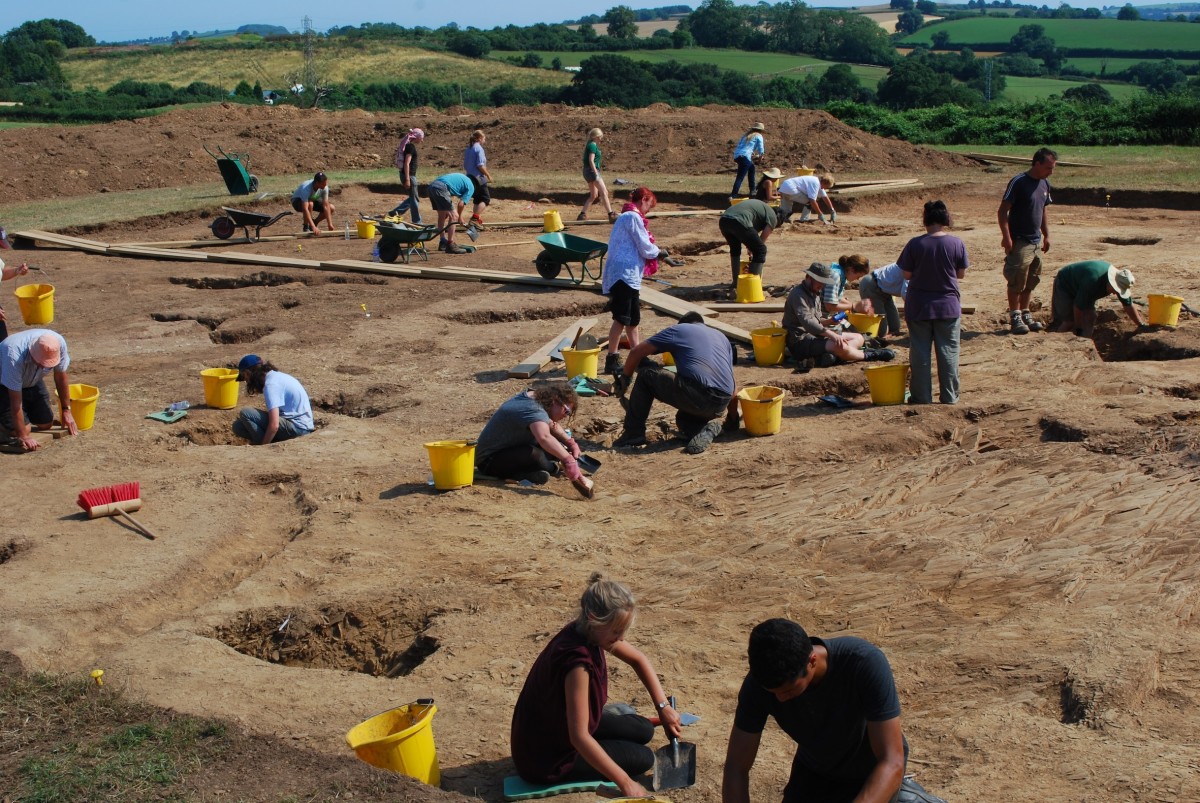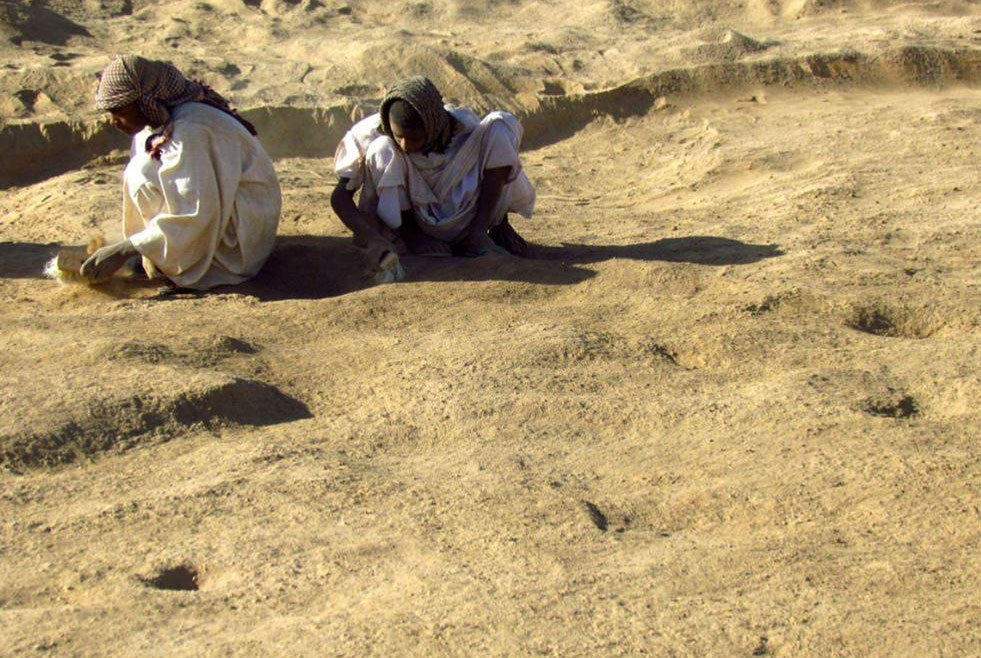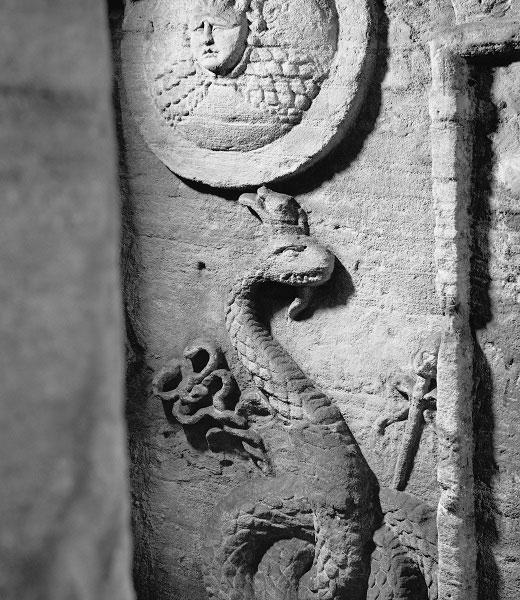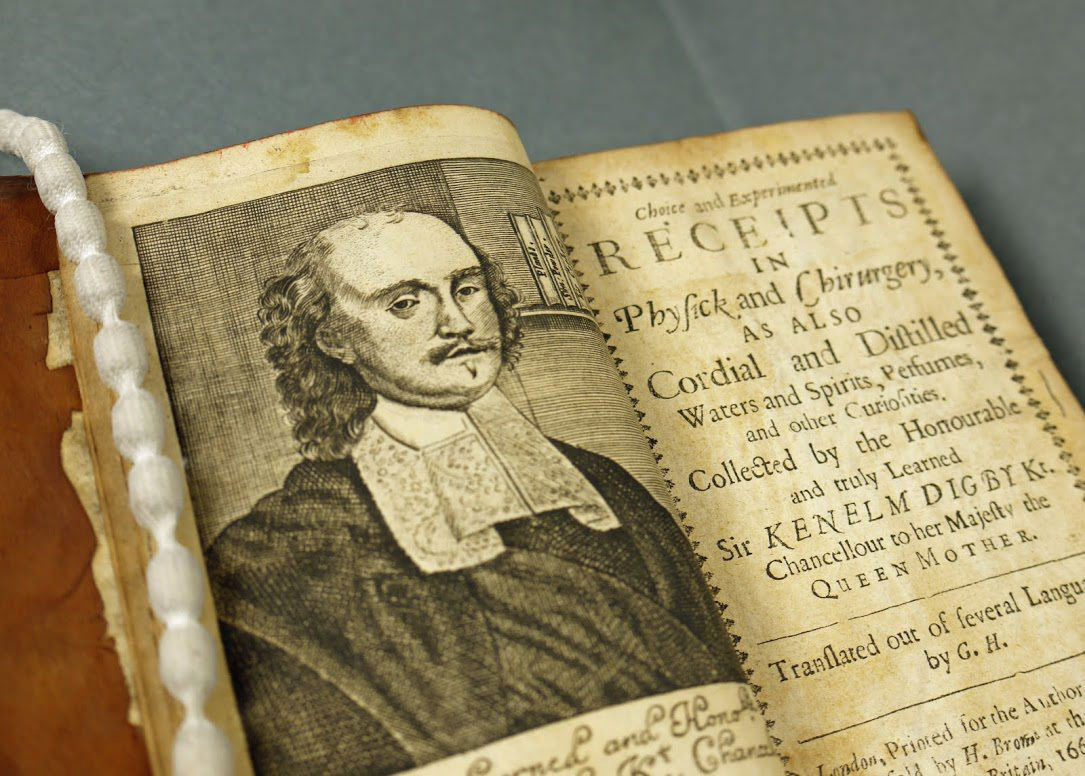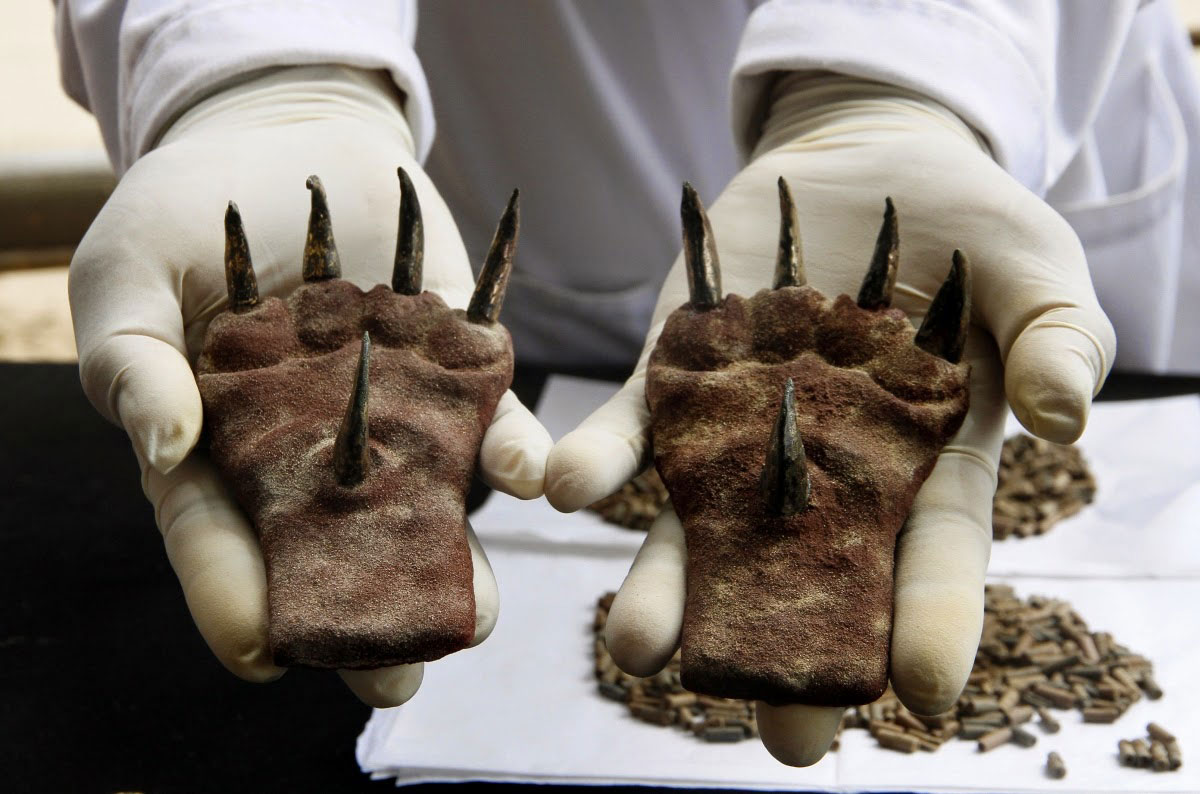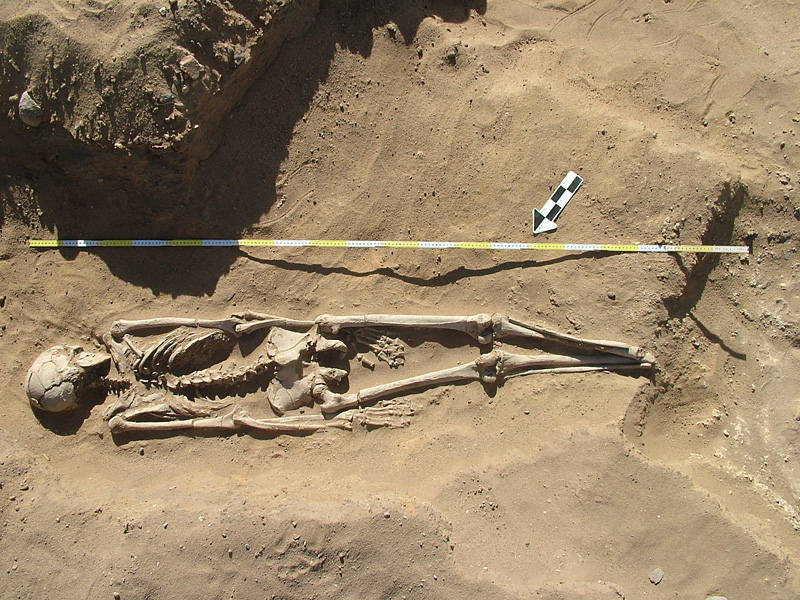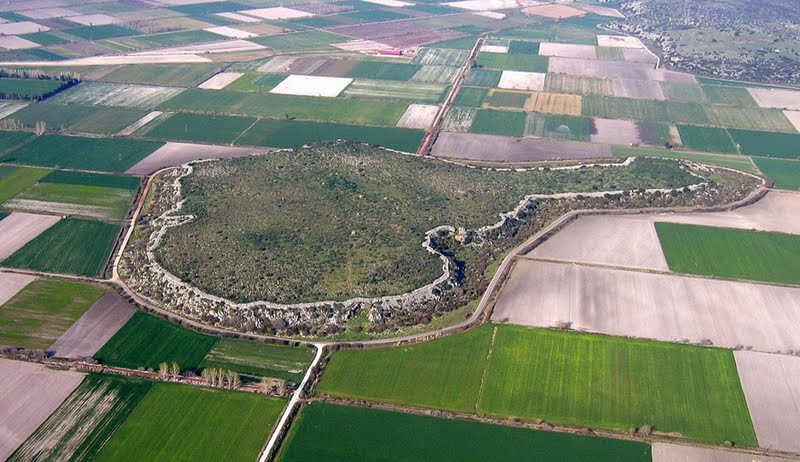Pre-Hispanic mortuary bundle found in Hidalgo
A Pre-Hispanic mortuary bundle was found in a rocky shelter of the oriental part of Sierra Gorda, in the municipality of Zimapan, Hidalgo.
The Cheimarros Tower on Naxos to be restored
The Cheimarros Tower of Naxos will be restored following the approval of the Central Archaeological Council.
“Pompeii of the north” revealed by archaeologists
The spectacular discoveries at Binchester Roman Fort near Bishop Auckland have uncovered some of the most well preserved remnants of an empire dating back some 1800 years ago.
3-D image of Paleolithic child’s skull reveals trauma, brain damage
The child represents the oldest documented human case of severe skull trauma available from south-western Asia.
Corsairs and Pirates in the Eastern Mediterranean
The 2nd International Scientific Conference on The Greek World in Travel Accounts and Maps organized by the Sylvia Ioannou Foundation.
Mould of Athena Chalinitis
A mould that represents the goddess Athena Chalinitis is the chosen exhibit of July presented by the 33rd EPCA and the Archaeological Museum of Arta.
Opera, Open Source Annotation, and Ariadne in Naxos
The Open Video Annotation Project is an exciting initiative exploring concepts related to ancient Greek heroes.
Göbekli Tepe excavator Klaus Schmidt passes away
Pioneering archaeologist Klaus Schmidt, who headed the excavations at Göbekli Tepe, died of a heart attack while swimming in Germany at the age of 61.
Multicultural cemetery revealed in Ostia
A multicultural cemetery was revealed in Ostia. The variety of tombs found reflects the bustling town's multi-cultural nature, according to archaeologists.
Mobility patterns and management of lithic resources in the Upper Palaeolithic
A piece of research by the UPV/EHU-University of the Basque Country has determined, on the basis of the Ametzagaina site, the mobility patterns and management of lithic resources.
Horse burial revealed on Chios island
Part of an Archaic necropolis dated to the 7th-6th c. BC came to light during excavations at the “Psomi” site of the Chios municipality.
Emergency Response Action Plan to safeguard Iraqi heritage
UNESCO held a consultation with Iraqi and international cultural heritage experts and agreed on an Emergency Response Action Plan to safeguard Iraq’s rich and diverse cultural heritage.
Take a Field Trip to Corinth
The ASCSA announced a new, free app to help anyone interested explore Ancient Corinth.
The Great War examined
The University of Edinburgh will mark the centenary of the start of the First World War with a series of events.
Ipplepen archaeological dig in the driving seat
A Roman road discovered on an archaeological dig has repairs to the road surface, showing that pot holes in Devon's roads are nothing new.
70,000 year-old African settlement unearthed
The remains of a settlement estimated to 70,000 years old have been unearthed by Polish archaeologists in northern Sudan.
Alexandria the Divine
The exhibition assembles papyri, archaeological objects and original manuscripts, which are among the most prestigious of the Medici collection.
Nails in egg whites, a dove’s foot in white wine…
A collection of 25 books detailing 17th century recipes and medical cures has gone on display at Cambridge University.
Meet Changyuraptor yangi
A new raptorial dinosaur with exceptionally long feathering provides insights into dromaeosaurid flight performance.
More on the Moche ruler’s tomb
Archaeologists suggest that the set of sharpened metallic claws found in the tomb of the Moche ruler at Huaca de la Luna had a ritual use.
The world’s most expensive weed
An international team of researchers has found new evidence that our prehistoric ancestors had a detailed understanding of plants long before the development of agriculture.
Ötzi’s non-human DNA
Ötzi’s non-human DNA proves to be even more illuminating than the human part of it, new approach by a team of scientists from EURAC in Bolzano/Bozen and the University of Vienna reveals.
Tonga: a Pacific trade hub
Tonga served as a trade hub where people from across Polynesia traveled to exchange goods and political ideas. This was the result of a research conducted by Geoffrey Clarke of Australian National University and his team.
Glas: A vast ancient Mycenaean citadel
A team of archaeologists is excavating the remains of a vast ancient Mycenaean citadel, known as Glas or Kastro (castle).
